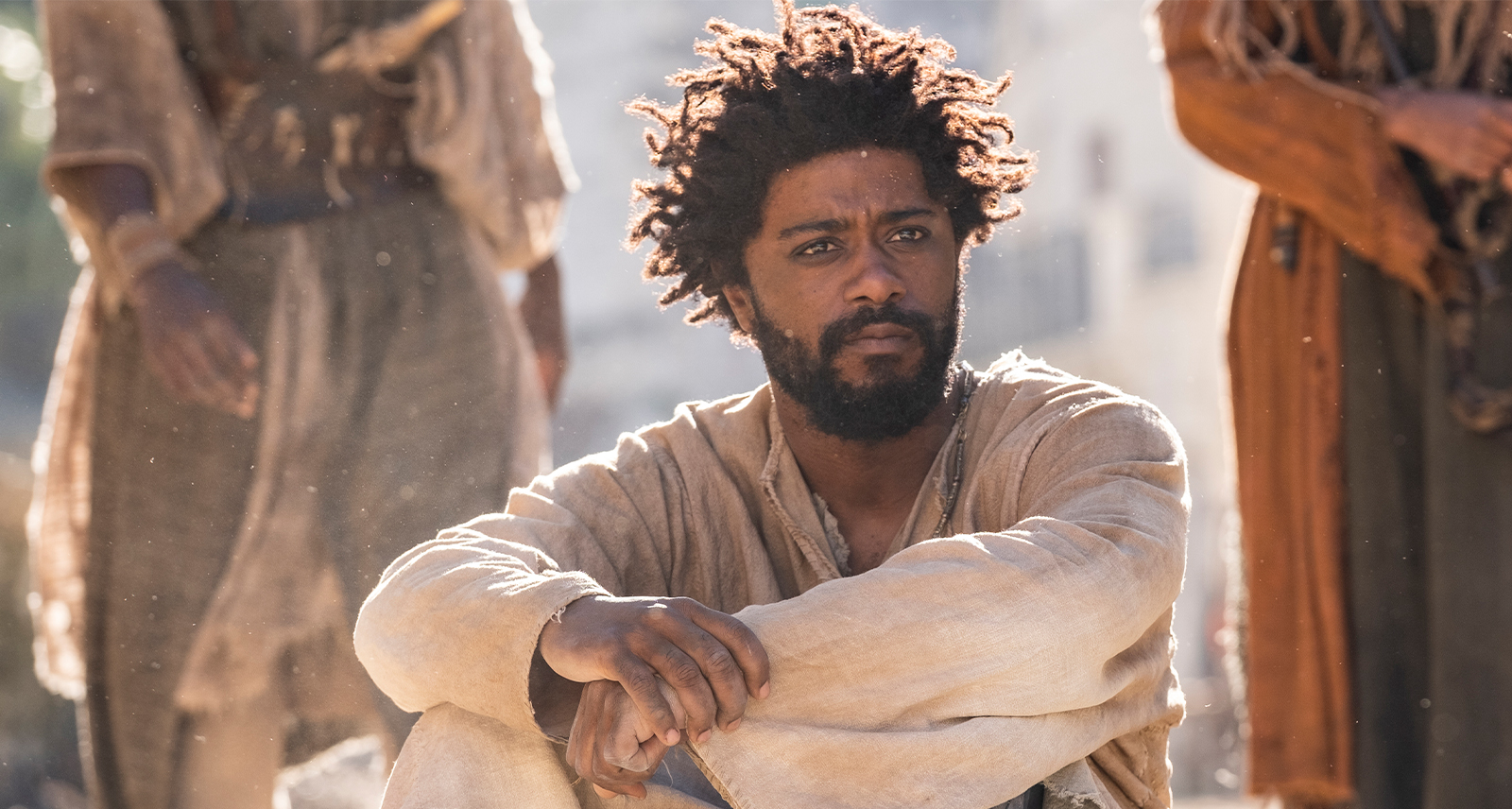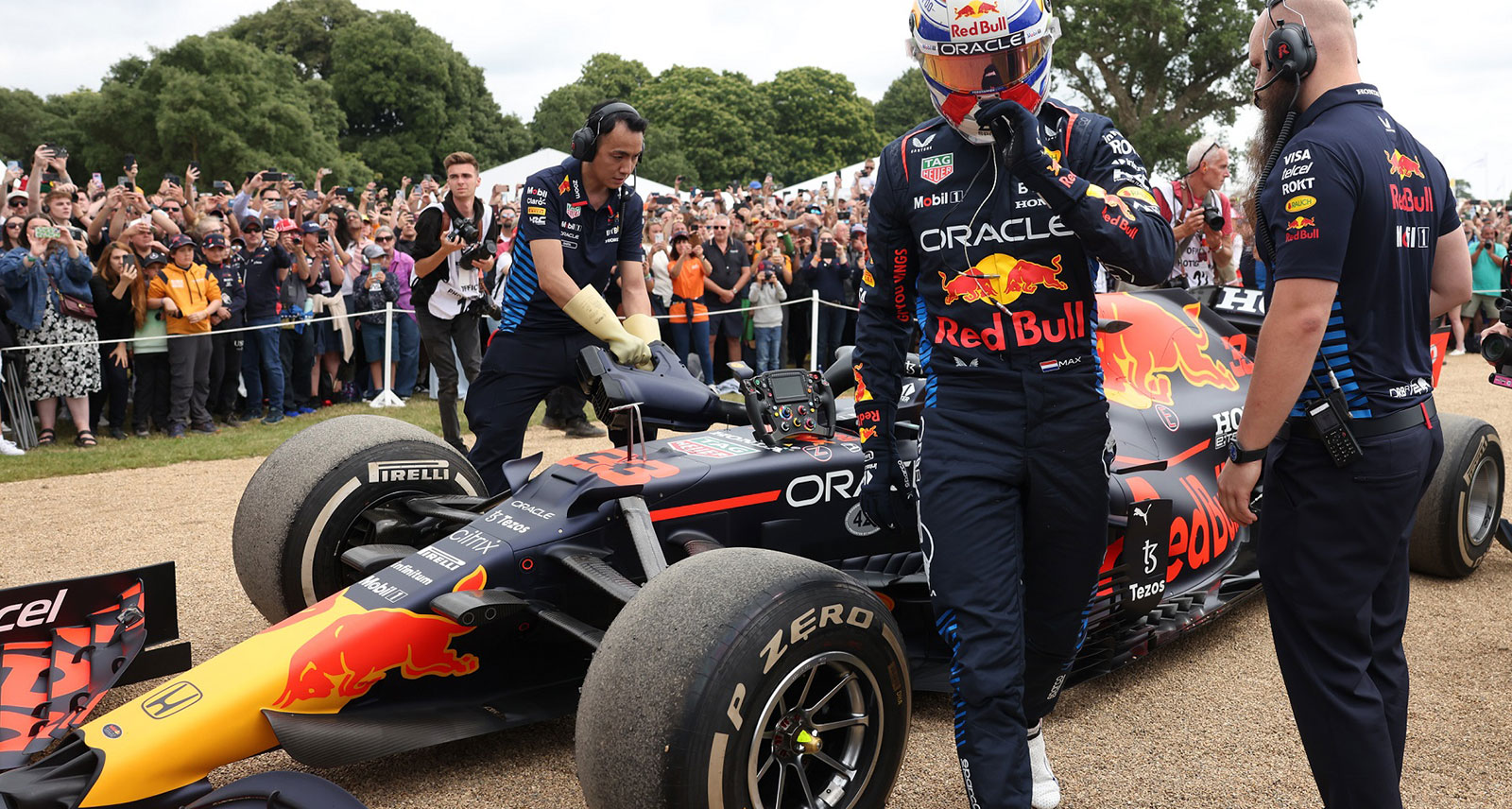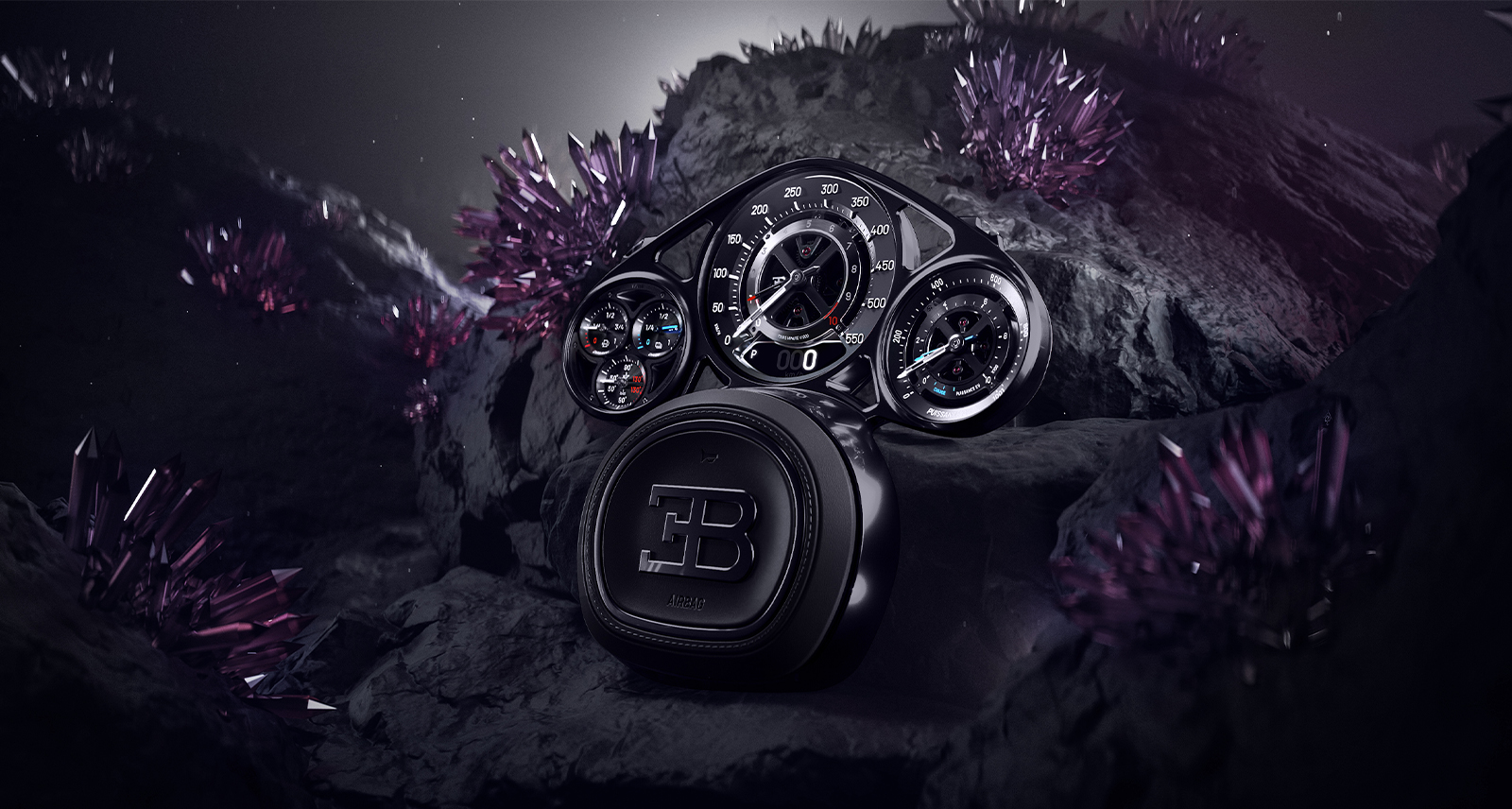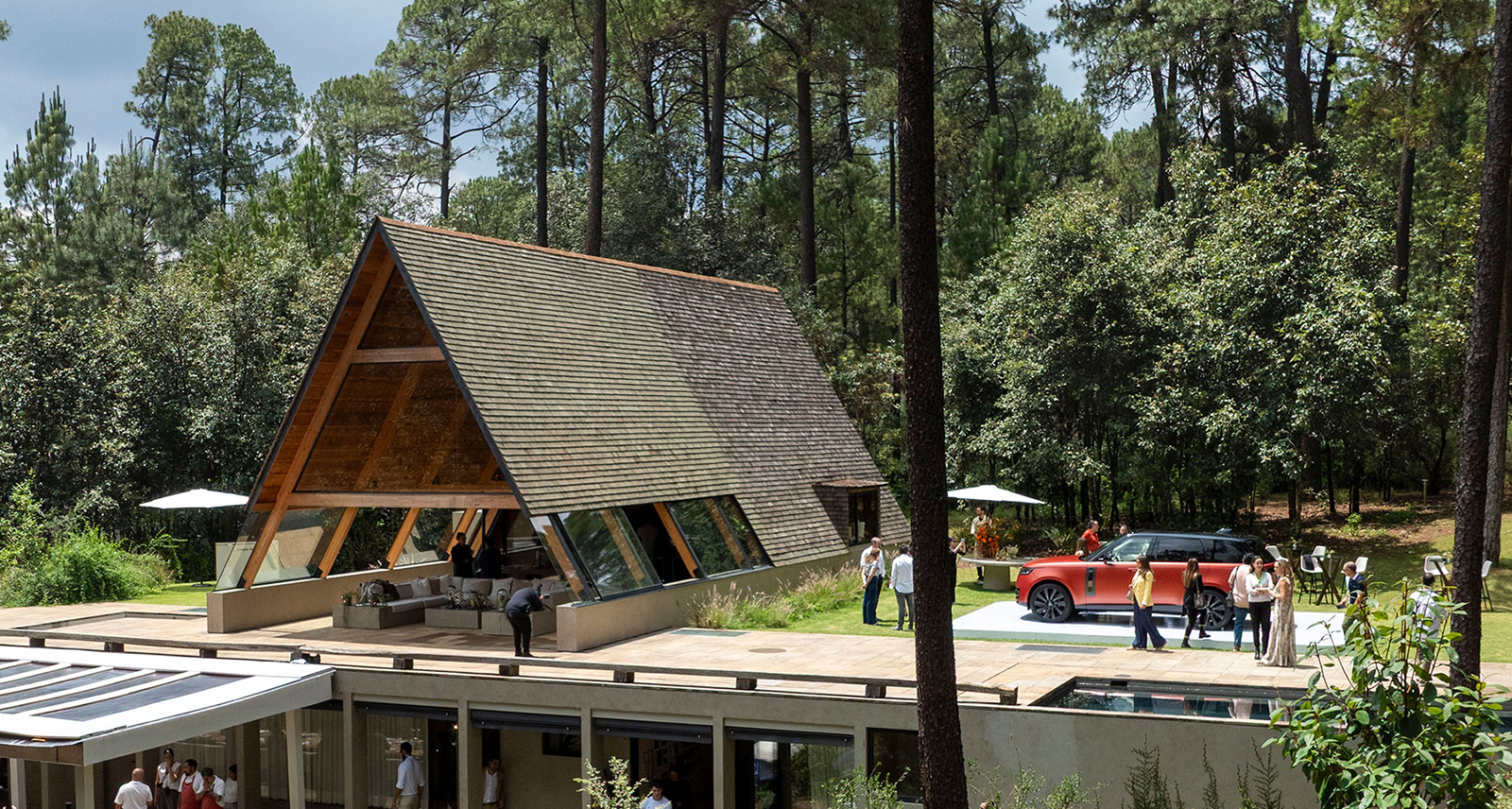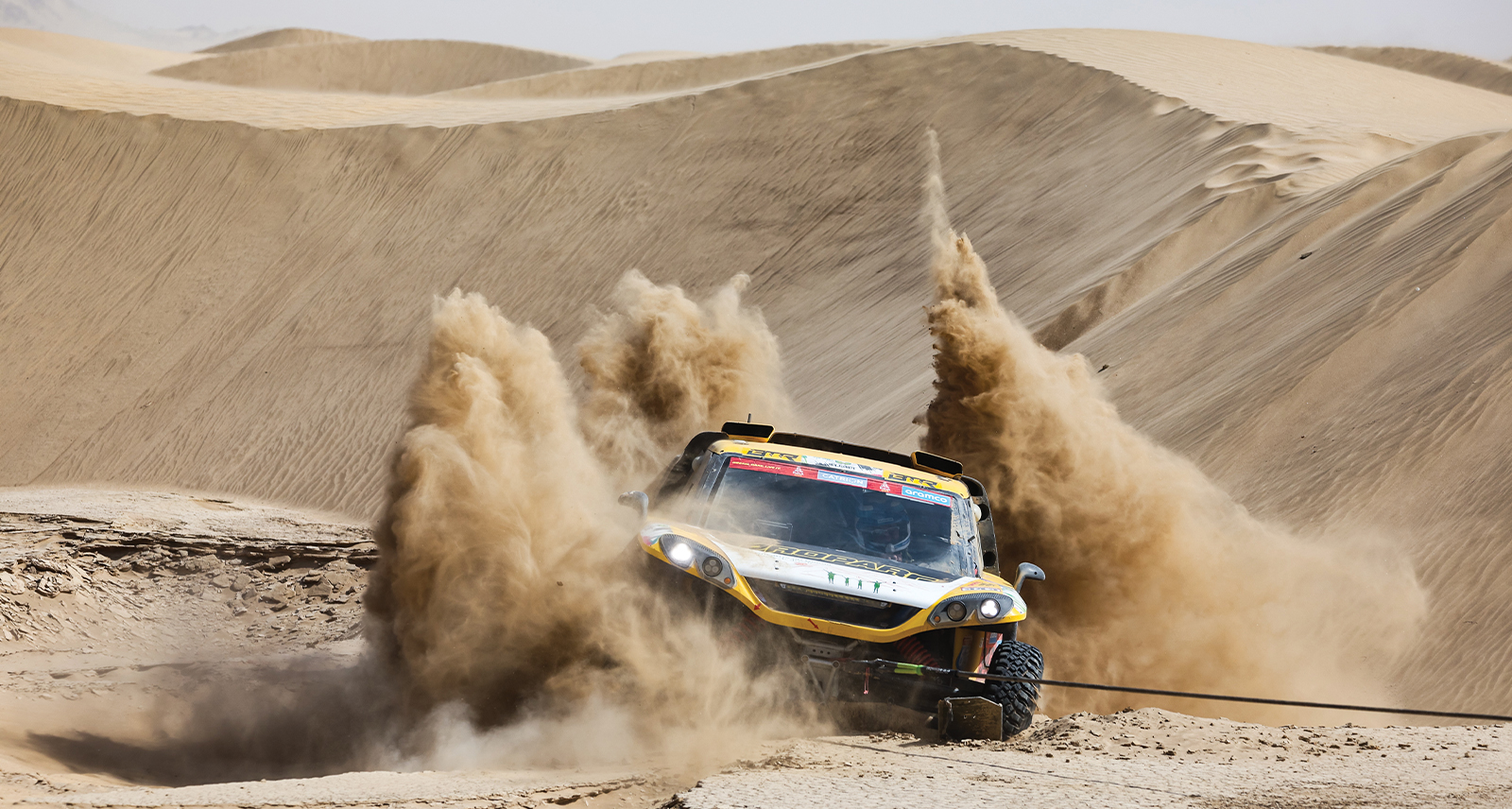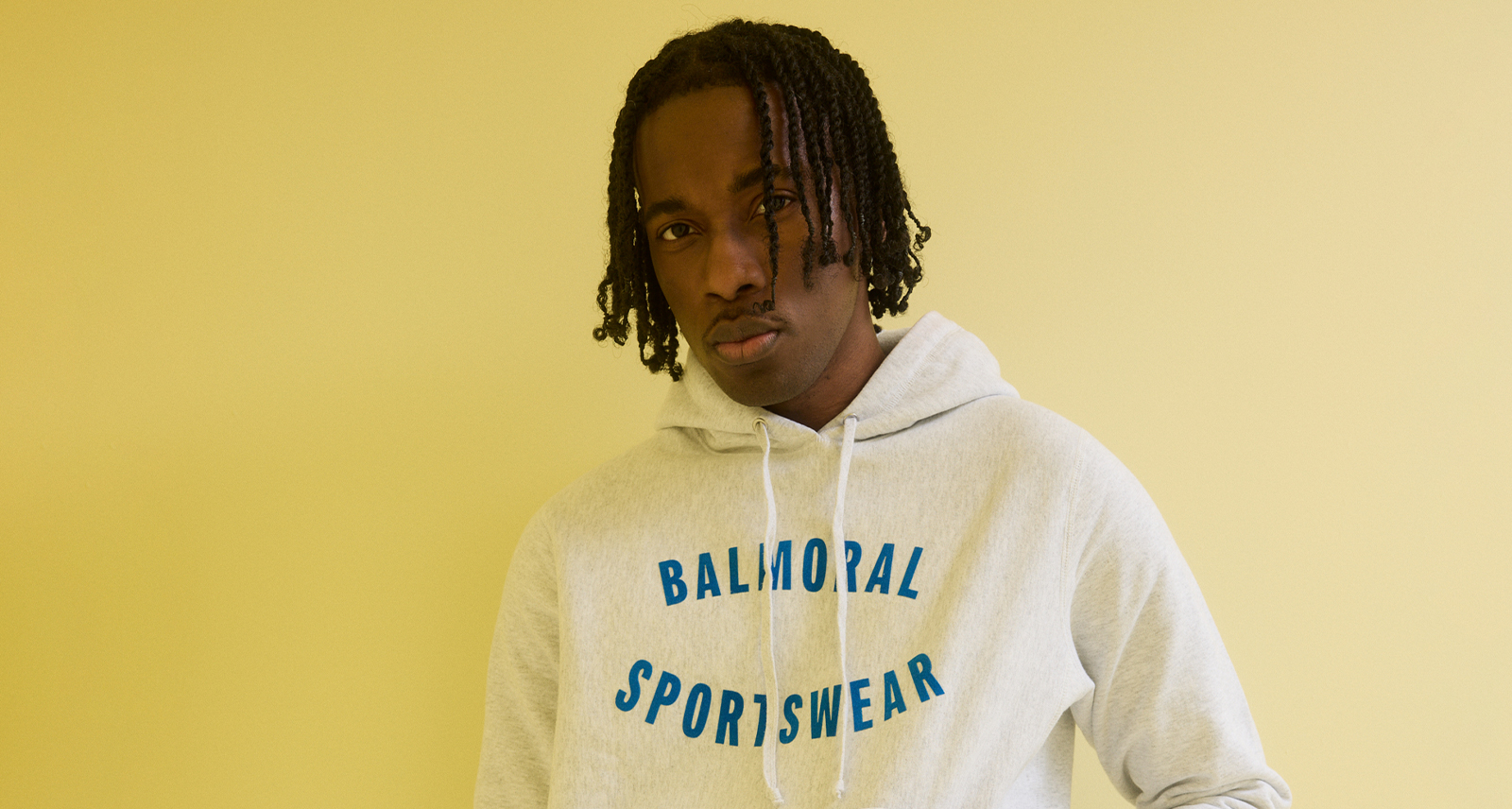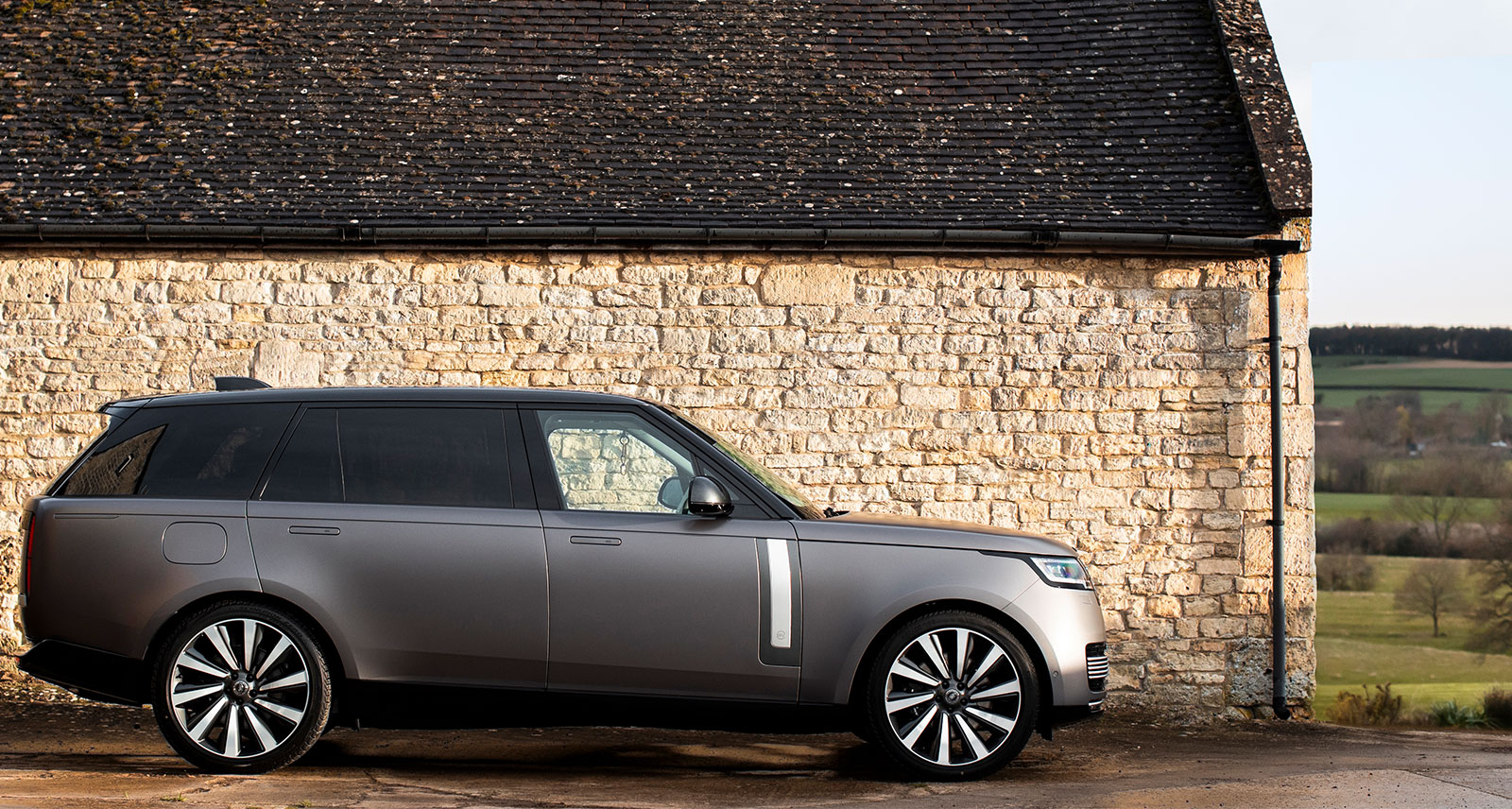LaKeith Stanfield Wants ‘The Book of Clarence’ To Challenge the Audience
LaKeith Stanfield is a man on a mission; the Oscar-nominated actor — best known for critically acclaimed performances in Judas and the Black Messiah, Atlanta, and Sorry to Bother You — wants to open up important discussions through his movies, and make audiences think rather than zone out into the fantastical world of film.
His next movie, The Book of Clarence, explores the power of faith as he reunites with The Harder They Fall director Jeymes Samuel. The hotly-anticipated biblical epic explores the idea of faith through the story of Clarence (Stanfield), a down-on-his-luck Jerusalemite who attempts to capitalize on the rise of celebrity and influence of the Messiah for his own personal gain. Stanfield talked exclusively to SHARP about The Book of Clarence, his most frightening scene, and the rhythm of acting.
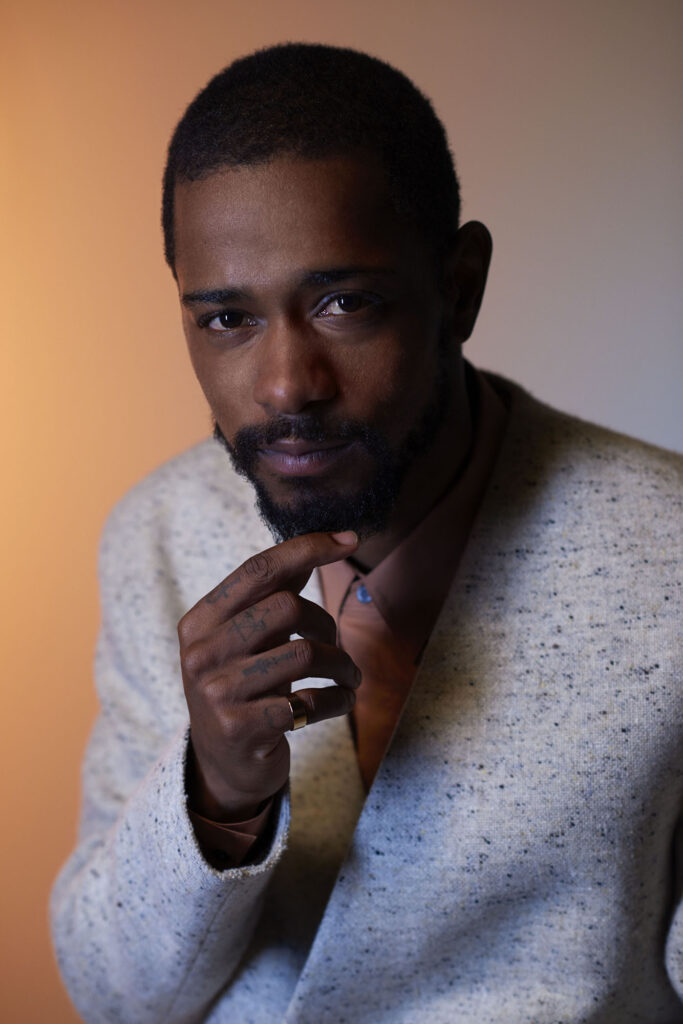
There aren’t that many movies that subvert the biblical epic genre. Was this a refreshing role to take on?
Everything about it felt on the cusp of something new and interesting. I’m fortunate enough to have gotten to the point [in my career] where I can have a bit of choice. I try to choose things that challenge me and might challenge audiences in a fun way. I want to be able to open up discussions about things and grab people’s attention so that we may be able to talk about some of the more ‘centrepiece’ topics.
With this movie in particular, the centrepiece topic is the story of a man who is coming to find himself and, eventually, redemption through his understanding of his faith and what that means. It was really special to have that conversation against the backdrop of biblical times.
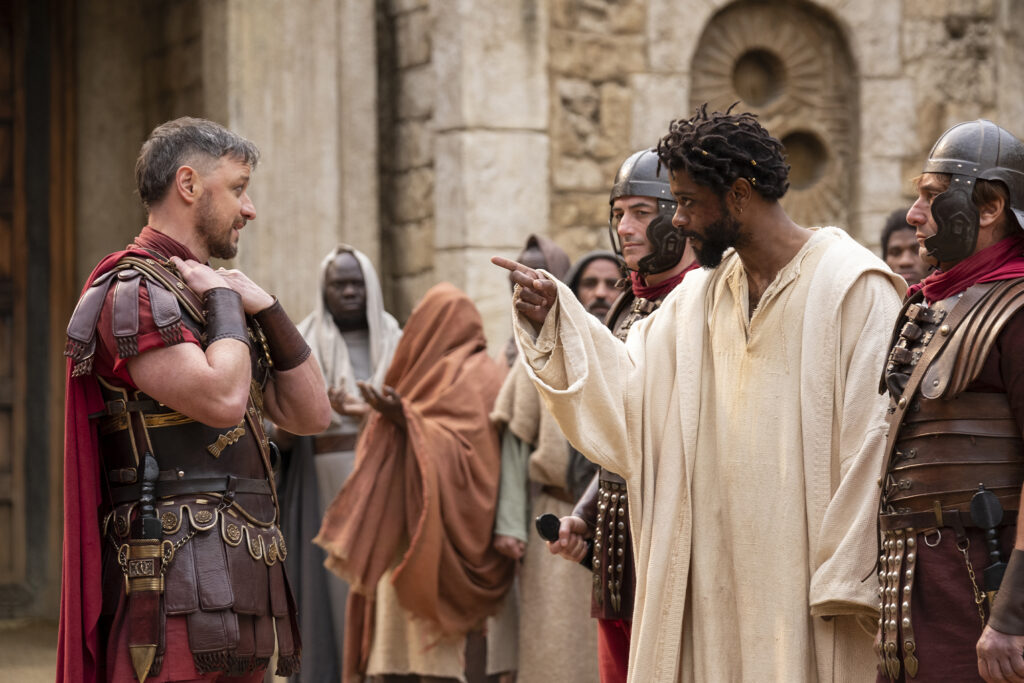
How did you manage to subvert the genre without crossing into parody territory?
We never set out to make something Monty Python-esque. We went into this knowing that it would exist as a singular project that was inspired by moments in history. As much as possible, we tried to stick to the story and do something new and fresh.
We didn’t say we are going to make a comedy or a drama or a specific kind of film. This film incorporates almost all genres: there’s action, romance, comedy, and really dramatic moments. Those are markers of great films that go down in history — they tend to incorporate everything. It’s not easy to do within a few hours, but when you can do it, it’s quite special.
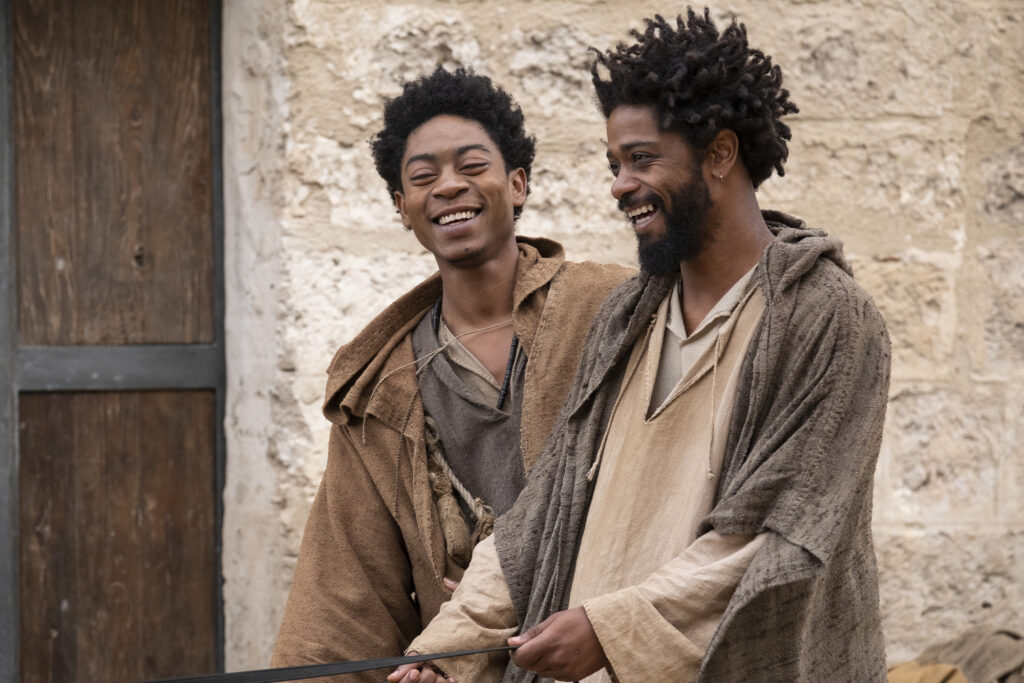
Clarence is such a layered character, how did it feel to take on a role like this?
I had the most profound moments in the dressing room; [it] was in Matera and completely made out of stone. Just by touching the stones, I felt like I could feel 1,000 years of history. I was wondering, “Who put them there? Who might have passed through here? What stories occurred here?”
It really gave me a sense of connection to the environment and atmosphere that I probably wouldn’t have gotten in a street or a studio. That, alongside the robe and regalia, [made] LaKeith disappear and Clarence come to life.
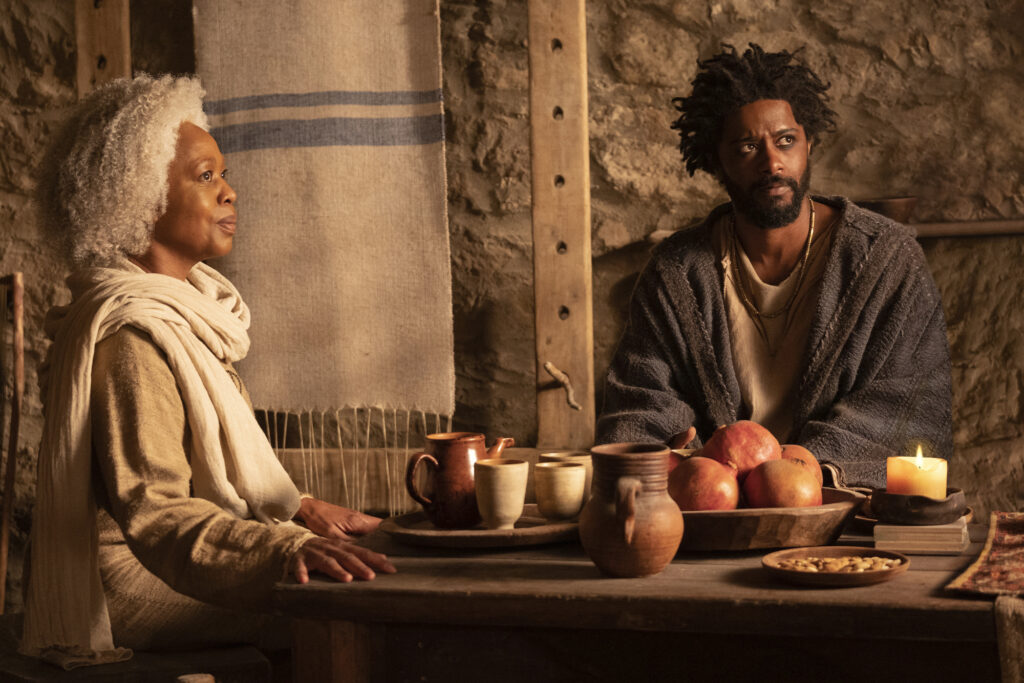
Why was Matera the perfect setting for this movie?
From the moment I arrived in Matera, I was just taken aback by the beauty of the place. Having sat with the script for some time, it felt like a great home. It really felt like I was in Jerusalem. Just walking along the cobblestone streets, you got a sense of the time that has passed in this place, and how long it has been here. I came to learn that it was one of the oldest known cities.
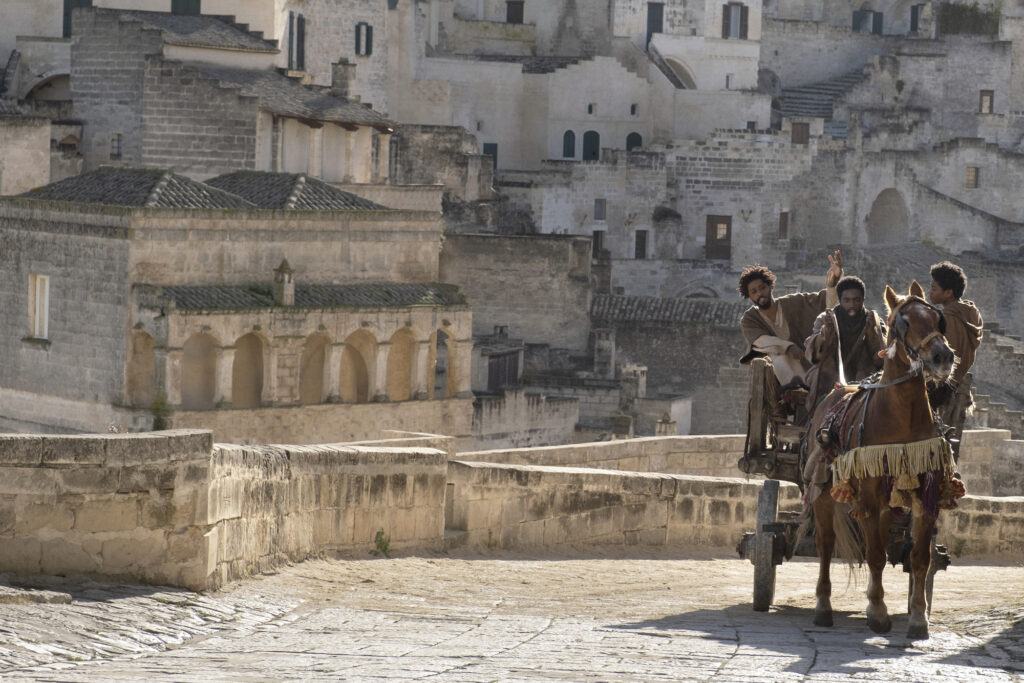
What was it like to film the chariot racing scenes on the narrow streets of Matera?
Well, you don’t think about it, but the invention of shocks on cars and the rubber wheels really makes for a much smoother ride than wooden wheels with no shocks. It was quite bumpy, but super fun. Horses slobber, but you don’t think about that — until they’re running ahead of you, and their slobber is coming at you, and you have to dodge it. It was quite challenging to act in those circumstances, but it was fun and a new learning curve.
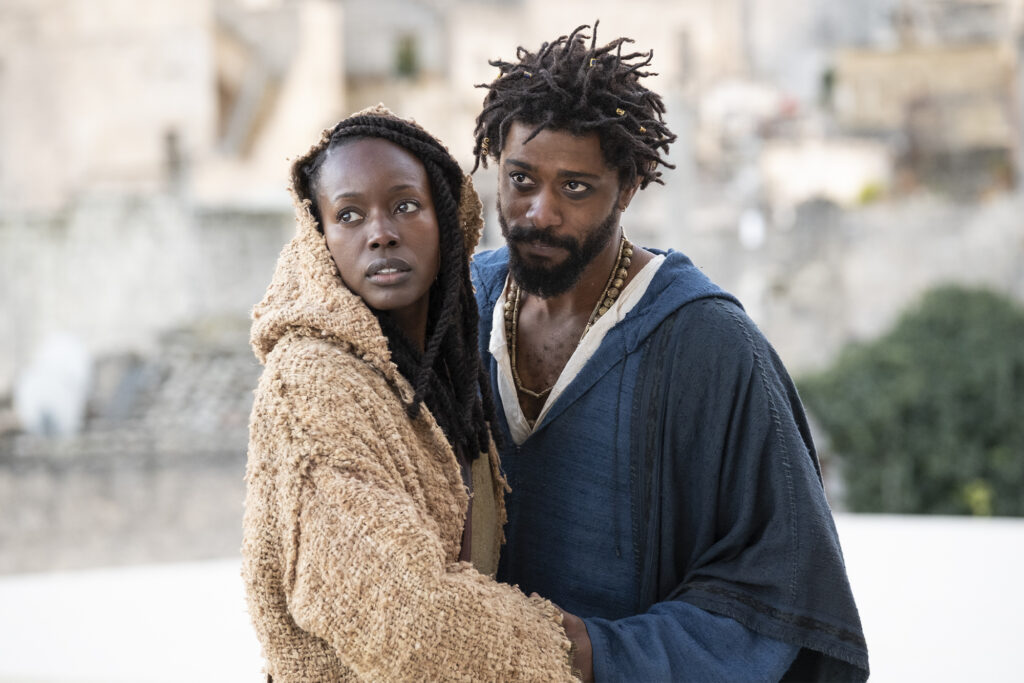
Talking about challenges, what was it like to perform on a crucifix?
It was actually really cold on top of that hill. In between takes, I had to go into a heated tent to warm back up. When I didn’t have time to go into the tent, I just had to hang out until we got the next shot set up. The hardest part was to not shiver, and tell my body not to activate its vestigial properties [or] give me goosebumps. There’s a lot of focus on just telling myself, “It’s warm. It’s warm. It’s warm.”
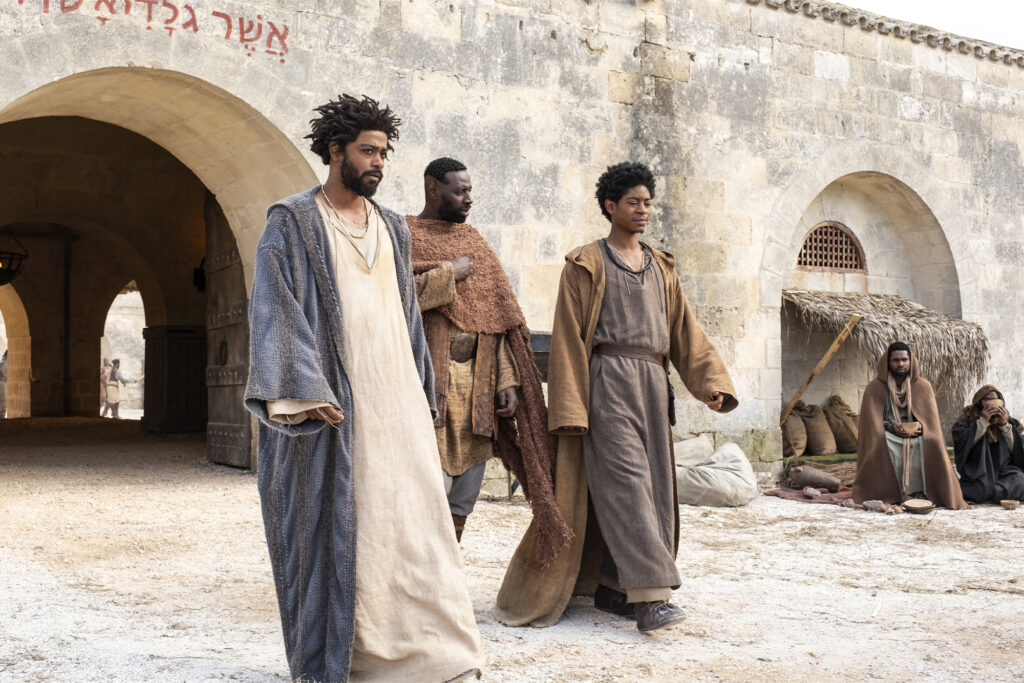
How did you film this scene?
I was hoisted up and there was a bicycle seat underneath me. There were straps for my hands and feet and makeup for the stigmata and nails. I had to use a lot of core strength to stay in the right position, so I got a nice little workout. It was quite challenging. At times, the sweat, tears, and blood would run into my eyes and it was difficult to see. I just kept reminding myself that it wasn’t as bad as it must’ve been for those who were really up here on this cross.
I loved Clarence’s hair representing the crown of thorns. What was the inspiration behind this?
I love wigs and any opportunity I get to wear one I do that. But Jeymes’ hair is very similar to Clarence’s so I wanted to implement pieces of Jeymes into the characters if I could. They came from his mind, so I wanted him and others to see him in it. I thought it was important that his voice was shown throughout the characters because it is very prevalent throughout the script and story.
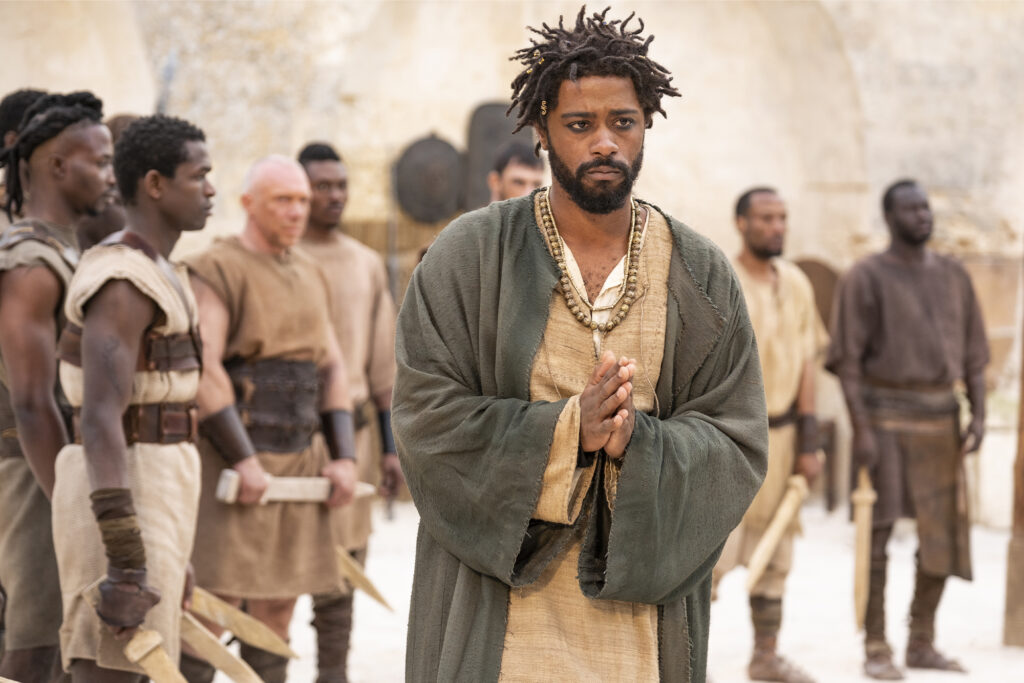
That’s interesting that you incorporated aspects of the director into your performance. Is this something you’ve done in previous roles?
I haven’t actually done that in the past. If you know Jeymes and then you read his script, you can tell he wrote it. It’s specific to him and it’s so much in his voice. He’s a wonderful person who has a larger-than-life personality that wouldn’t even seem believable unless you know him. He has a specific voice and it spoke to me. It became part of my approach to the character without even thinking about it.
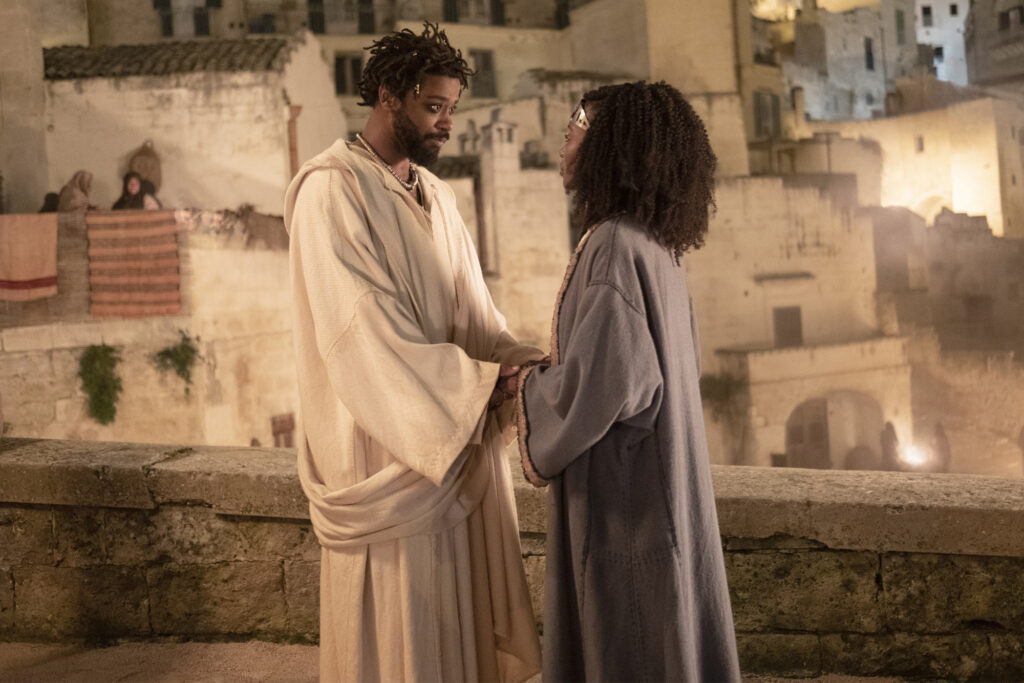
It felt like a fever dream at times when watching, especially the disco dancing scene. Did it feel as surreal when filming?
Yeah, in some ways. Jeymes’ environments always have music, and he would often start these dance trains on set. He would just come out and start dancing and I would start dancing and, before you know it, the entire set is dancing. This happened several times throughout the course of the film, so music and dancing became something that was in the culture of the set. When it came to the dancing scene, it almost felt like we were just doing what we always do and having fun. That’s a testament to his ability to create that kind of environment off-camera.
I am one that is not typically afraid to dance, but that’s because [of] the way that I dance. I just do whatever I feel. Doing a choreographed dance, however, becomes a little bit more frightening. So for me, that was one of the more frightening scenes.
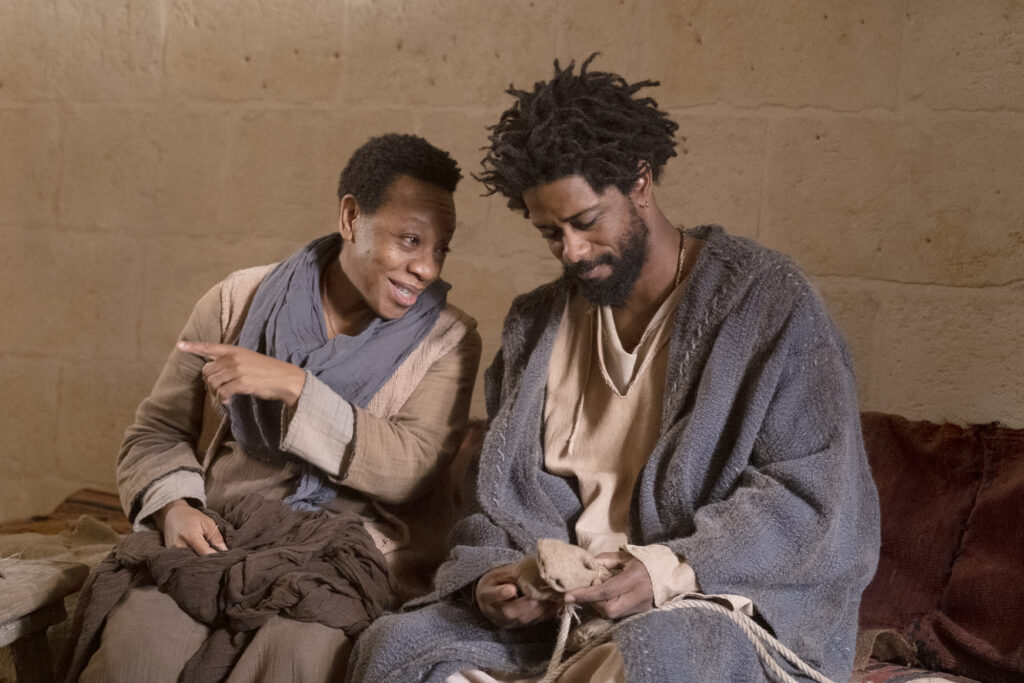
How does your musical background help your performances as an actor?
Acting has a rhythm to it. Somebody throws some energy out and you throw some energy back — it’s like a game of ping pong. It’s all about communicating, which is two-way. It’s rhythmic in nature when it’s working. It’s about finding that rhythm ,and also understanding that you are communicating something to an audience, and you want the audience to get whatever it is [that] you’re trying to get across.
A lot of the magic happens in between the crests and troughs of energy, in the silent moments. Silence breeds light and life, and light and life breed silence. Waiting for the perfect moment to do something is very important. The element of surprise lends to the magic as well and feeling it out. A lot of it is unspoken: you just feel it.
Feature photo courtesy of Sony Pictures.
